Premium Only Content
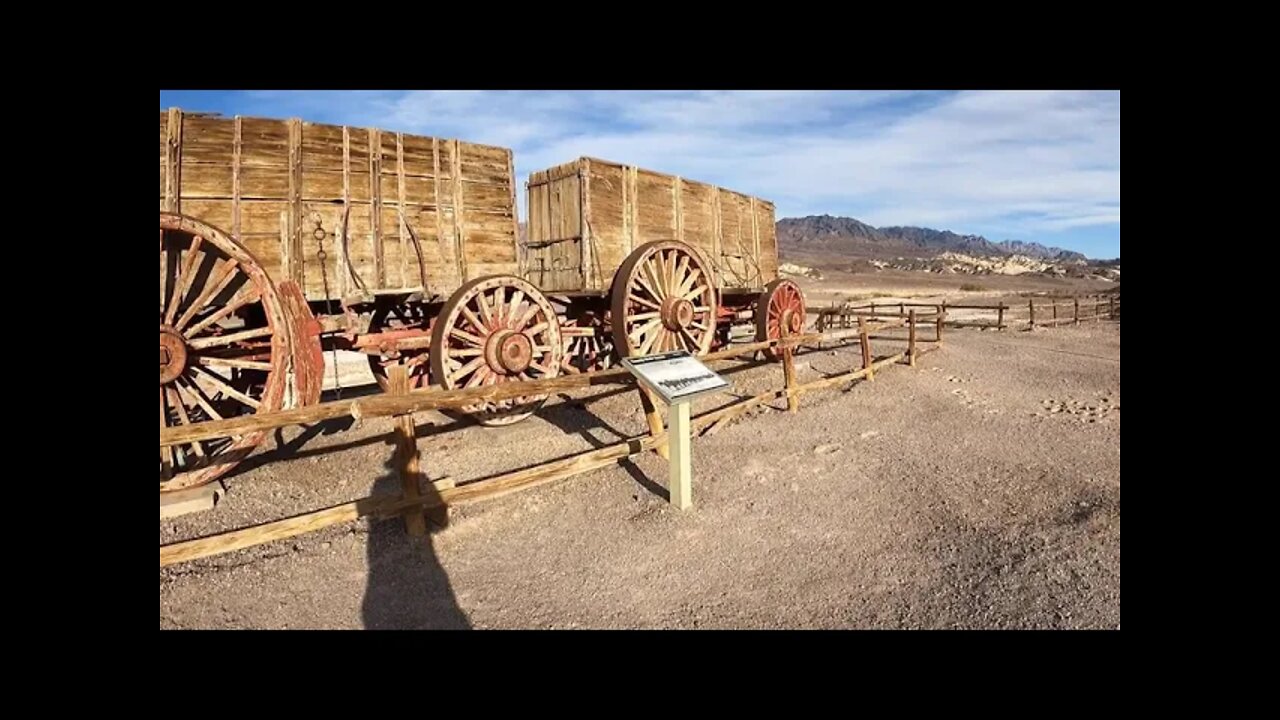
Twenty-mule team wagon in Death Valley
Harmony Borax Works was the key feature in the opening of Death Valley and the subsequent popularity of the Furnace Creek area. The plant and associated townsite played an integral role in the history of Death Valley. After the discovery of borax deposits here in 1881, business associates William T. Coleman and Francis M. Smith subsequently obtained claims to these deposits, opening the way for "large-scale" borax mining in Death Valley.
Harmony Borax Works employed 40 men who produced three tons of borax on a daily basis. During the summer months, when it was too hot to crystallize borax in Death Valley, a smaller borax mining operation shifted to the Amargosa Borax Plant in Death Valley Junction. Getting the finished product to market from the heart of Death Valley was as challenging task, and an efficient method had to be created. The use of large twenty-mule teams and double wagons which hauled borax, made the Harmony operation famous. The Harmony Works stayed under Coleman's operation until 1888, when his business collapsed.
William Coleman's original holdings in the works were then acquired by Frank M. Smith in 1890, to become the Pacific Coast Borax Company with the 20 Mule Team Borax brand. Activity at this site ceased with the development of the richer Colemanite borax deposits at Borate in the Calico Mountains, where they continued until 1907.
Harmony Borax Works site was placed on the National Register of Historic Places on December 31, 1974. They are part of the NPS historical site preservation program in Death Valley National Park.
-
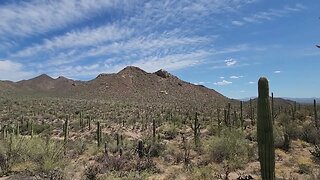 0:25
0:25
Travels of Epic Proportions
1 year agoSaguaro National Park
25 -
 2:43
2:43
Mojave55
3 years agoDeath Valley
62 -
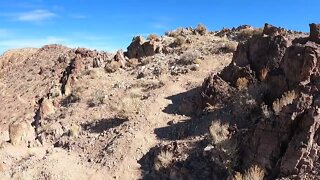 2:00
2:00
Travels of Epic Proportions
2 years agoDante's View, Death Valley
14 -
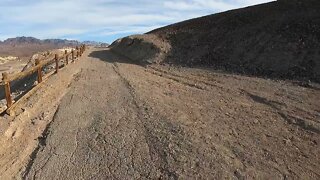 1:34
1:34
Travels of Epic Proportions
2 years agoDeath Valley Harmony Borax Works
86 -
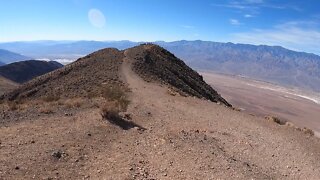 4:11
4:11
Travels of Epic Proportions
2 years agoDante's View in Death Valley
14 -
 1:24
1:24
MOVIE TRAILER
3 years agoDEATH VALLEY Trailer (2021)
200 -
 2:12
2:12
Travels of Epic Proportions
2 years agoDante's Ridge, Death Valley National Park
13 -
 4:05
4:05
Locations Unknown Clips
2 years agoExtreme Temperatures - Death Valley National Park
39 -
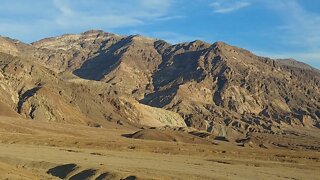 0:21
0:21
Travels of Epic Proportions
3 years agoArtist's Road in Death Valley
16 -
 9:01
9:01
Dr. Nick Zyrowski
12 hours agoThe BIG NAC ( N-Acetyl Cysteine) Mistake
8.15K1